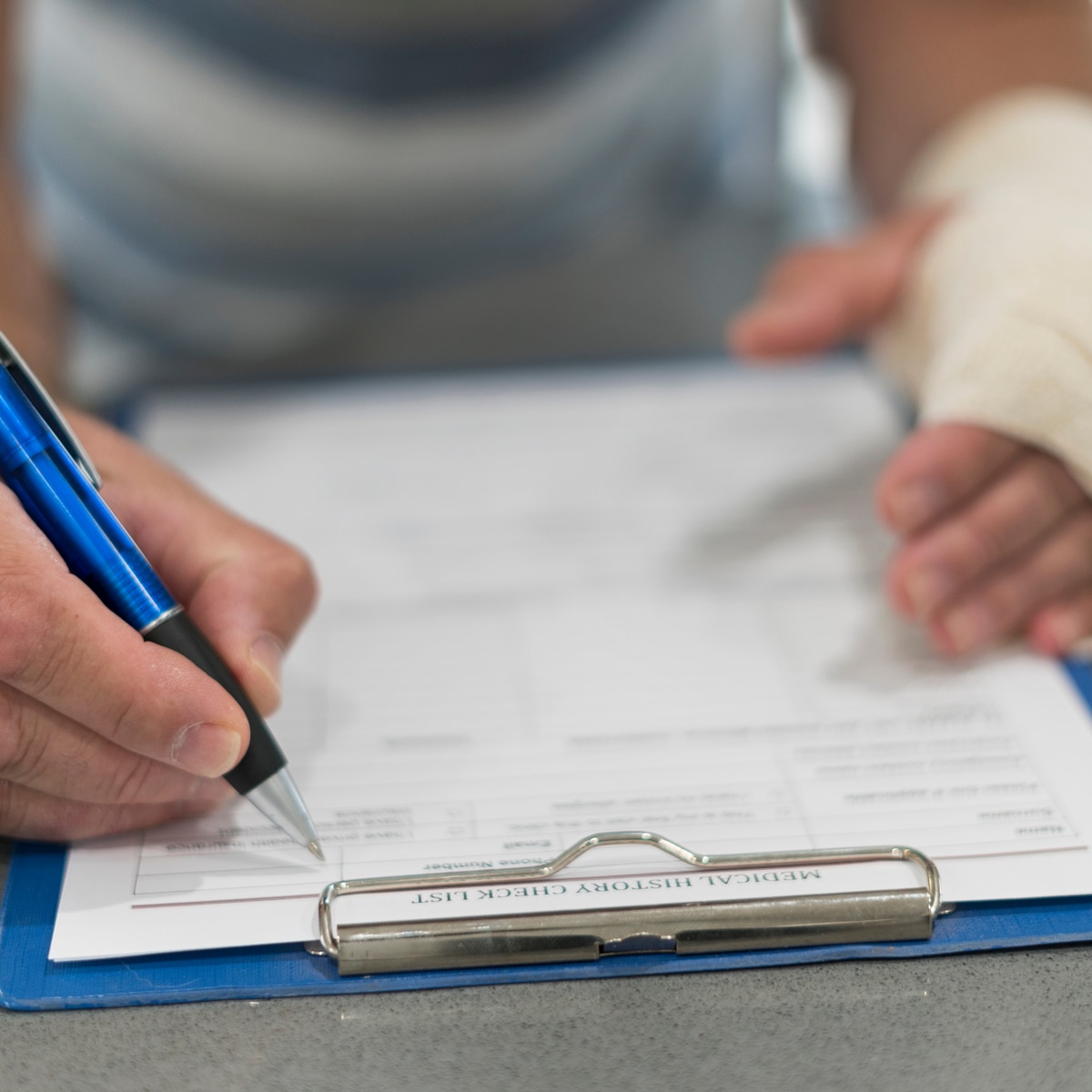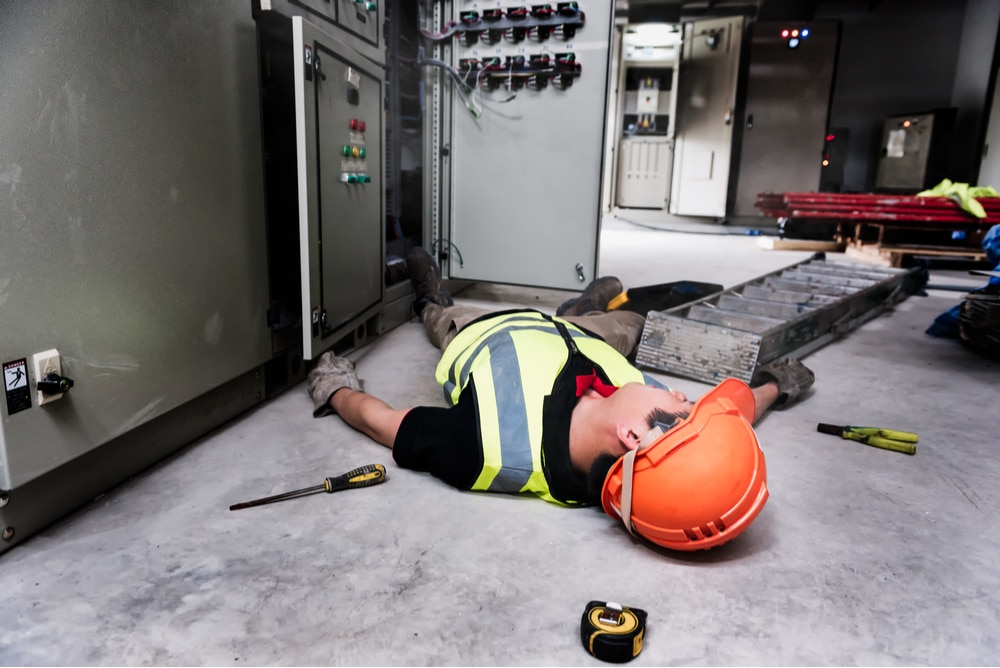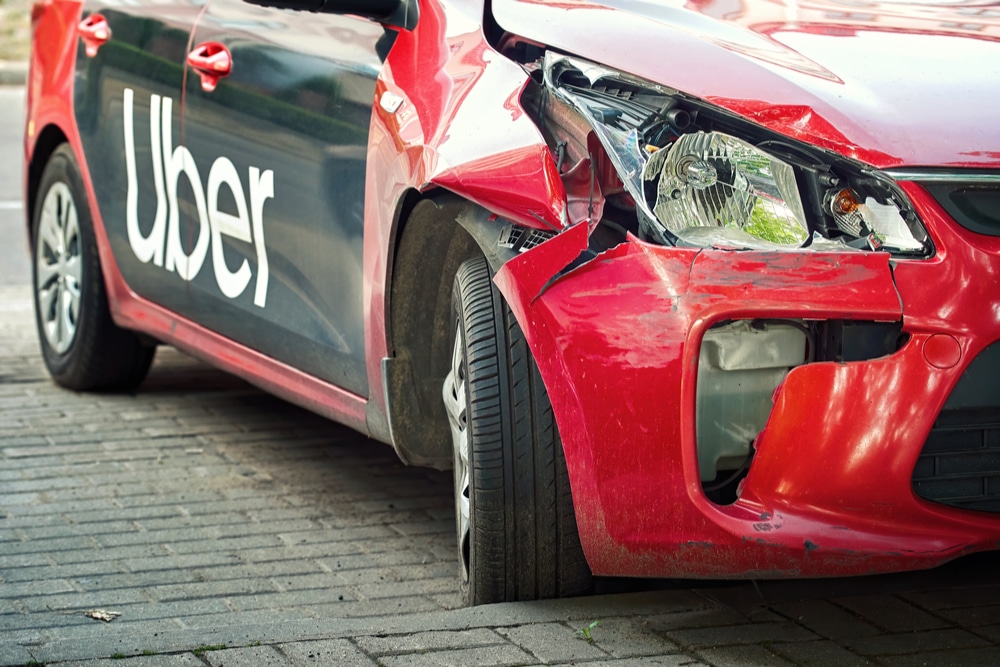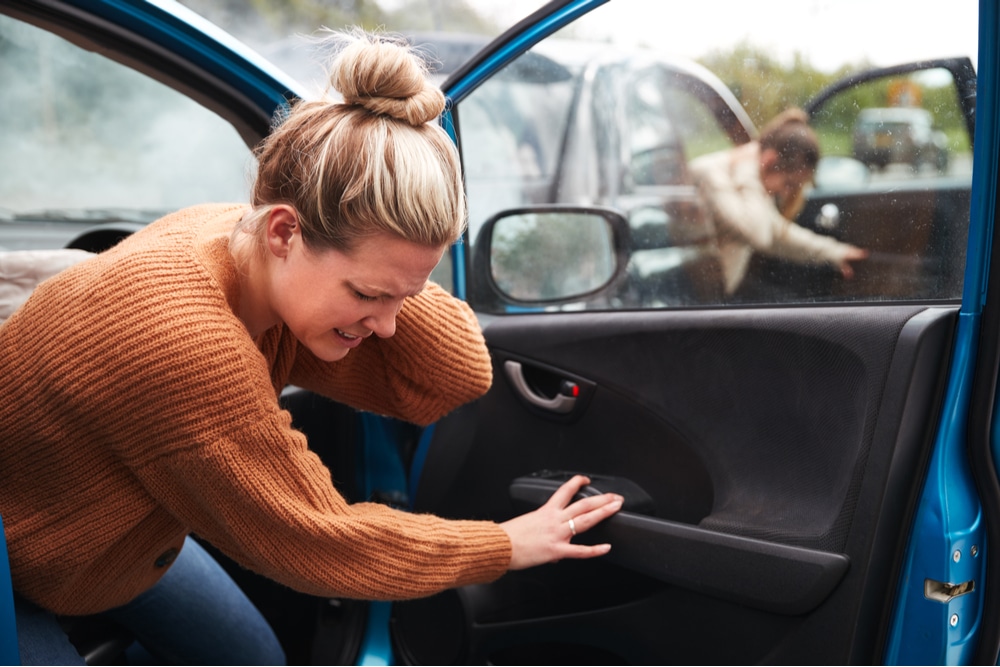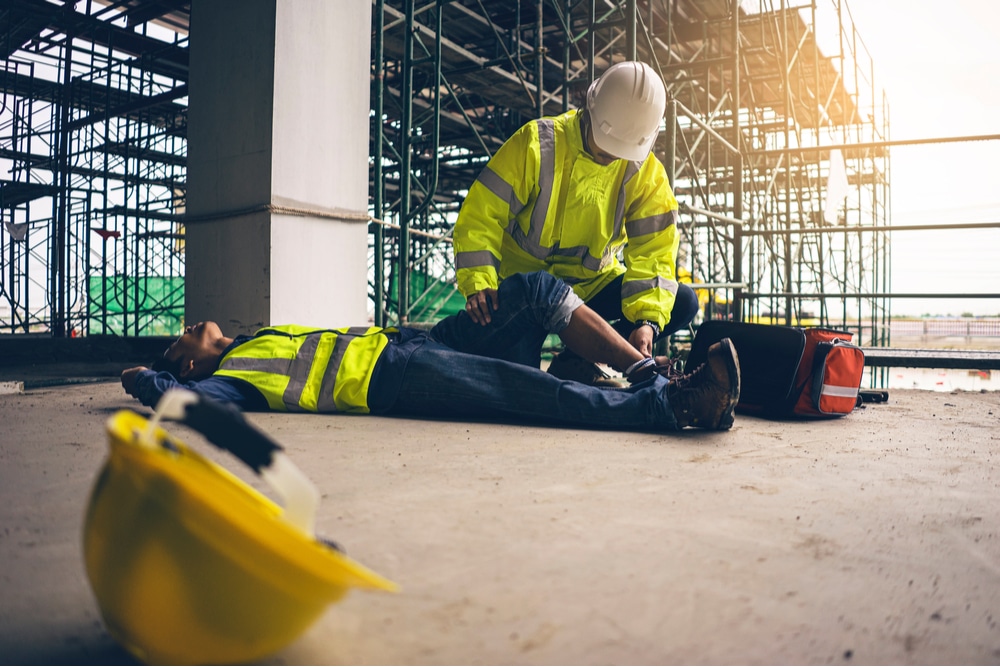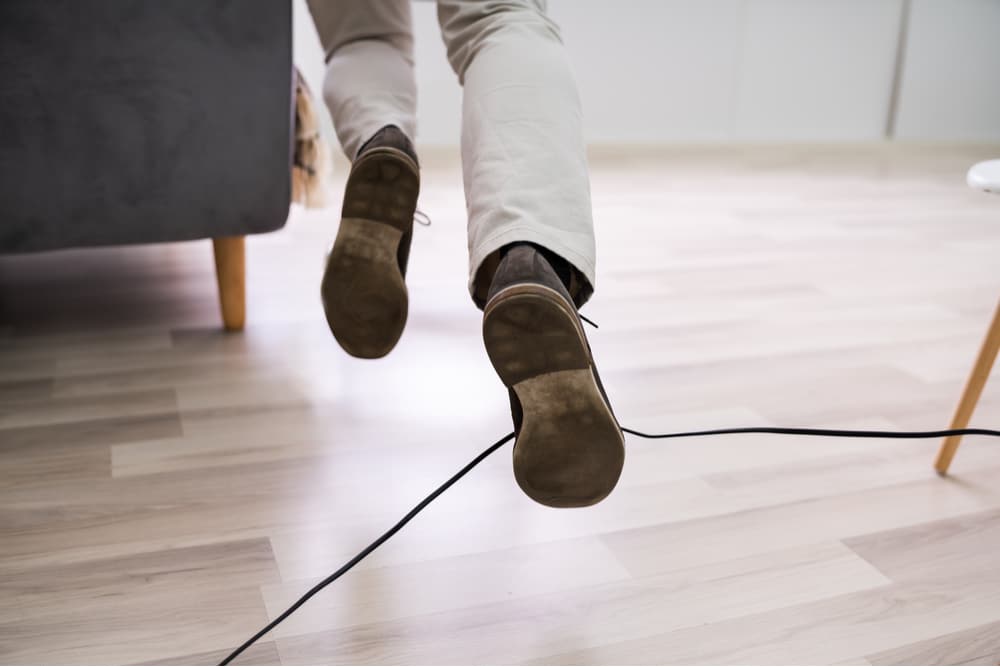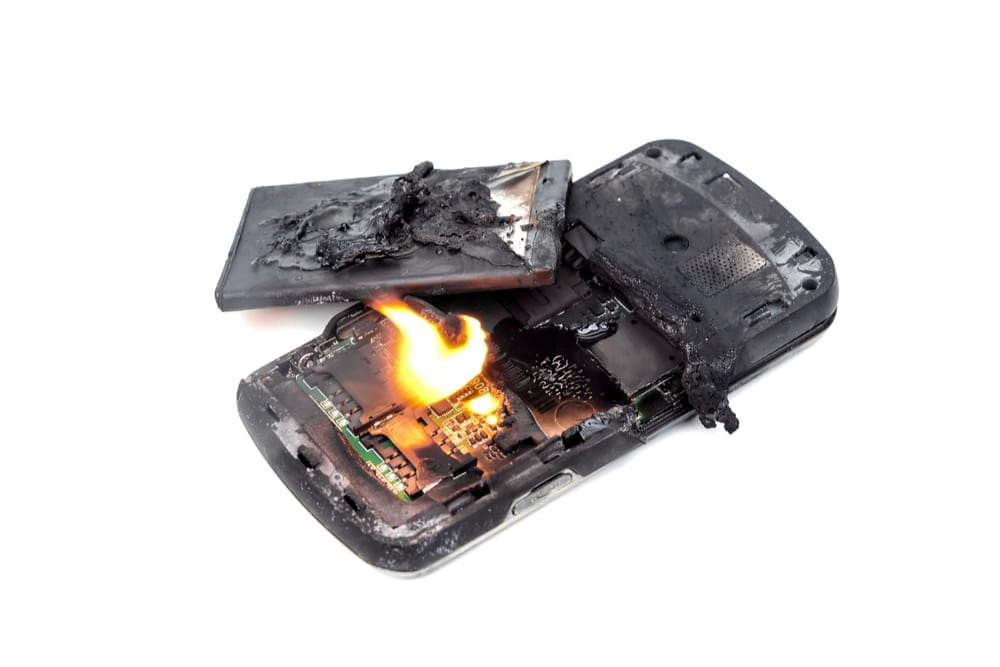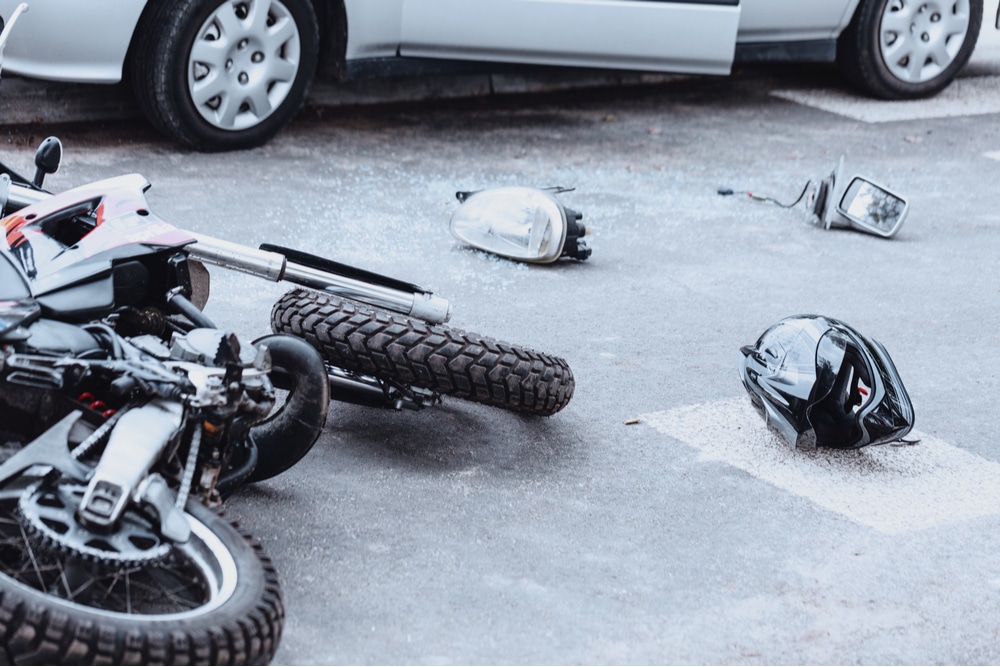Illinois Personal Injury Compensation
You need an experienced attorney when filing personal injury claims. It’s hard to imagine being involved in an accident that happens suddenly and unexpectedly, and that changes the course of your life because of serious personal injuries. Yet for many personal injury victims in Schaumburg and the surrounding areas of Illinois, this is exactly what happens. When another person’s negligence causes a crash, a slip and fall, a workplace accident, or another type of severe accident and someone is seriously injured, the injured party has the right to seek damages. In these cases, damages means monetary compensation for their injuries and related losses.
At the office of Claim Your Justice, our Schaumburg personal injury lawyers can help you navigate the claims process, proving fault, and understanding how a personal injury settlement is calculated. Consider the following about damages in a personal injury claim and the role of a Schaumburg personal injury lawyer,and then call Claim Your Justice directly for a free consultation and the support and legal guidance you need.
Common Types of Personal Injury Claims
When a person is injured and someone else is to blame, they may have a cause of action to file a personal injury claim or lawsuit for damages. There are multiple types of personal injury claims, all of which our Schaumburg personal injury lawyers have experience handling. Common types of personal injury claims include:
- Motor vehicle accident claims
- Slip and fall claims
- Commercial vehicle claims
- Premises liability claims
- Negligent security claims
- Dog bite claims
- Workplace accident claims
- Bicycle accident claims
- Pedestrian accident claims
- Medical malpractice claims
- Defective products claims
Four Elements Of Personal Injury Claims
Unfortunately, a person cannot file a personal injury claim merely because they have been involved in an accident and suffered harm, or merely because another party has done something negligent. Instead, in order to bring forth a personal injury claim that’s successful, a plaintiff must be able to produce evidence to satisfy the four elements: 1) Duty; 2) Breach of the Duty; 3) Causation; and 4) Damages. Below is a more detailed explanation of these four elements:
- Duty. The first element of a personal injury claim is duty or duty of care. This means that before the case can proceed, the claimant/plaintiff must be able to prove that the defendant (at-fault party) owed them some duty of care. In many cases, duty of care is implied. For example, alldrivers on the road have a basic duty to operate their vehicles in accordance with the law and in a reasonably safe manner. In other situations, duty must be established. For example, in a premises liability case, the plaintiff will need to prove that the defendant (property owner) owed them a duty because the plaintiff was lawfully on the property and was not trespassing.
- Breach of duty. The second element that must be established in a personal injury case is breach of duty. Usually, a breach of duty occurs when the defendant acts negligently. Negligence is the failure to exercise the proper degree of care for a given situation—the same degree of care that a person of ordinary prudence would exercise. Breach of duty could include anything from speeding to driving while distracted, failing to remedy a known hazard, or failing to adhere to leash laws.
- Causation. Causation means being able to prove that the defendant’s negligence or breach of duty of care was the proximate cause of the plaintiff’s accident and injuries. You cannot just prove that the defendant acted negligently and that you were injured; you must show evidence of a link between the two.
- Damages. Finally, in order to make a successful claim or file a personal injury lawsuit, you must have suffered actual damages or losses. More on this below.
Injuries and Damages In An Illinois Personal Injury Claim
When a person is involved in an accident, regardless of the accident type, there is the potential to suffer serious injuries. Some of the most common types of injuries and damages in a personal injury claim include:
- Traumatic brain injuries. A traumatic brain injury can lead to cognitive, emotional, and sensory disabilities, sometimes short-term, sometimes permanently. This is one of the most serious types of injuries.
- Spinal cord injuries. A spinal cord injury is devastating. When a person’s spinal cord is injured, the victim may suffer partial or complete paralysis from the area of the spinal injury downwards which is permanent.
- Internal injuries. Internal injuries occur when a person’s body is hit with force or punctured with an object. Internal bleeding and organ failure are possible complications.
- Bone fractures. Fortunately, most bone fractures will heal with time and proper medical care. In some cases, a bone fracture could lead to long-term complications for the affected person.
- Amputation injuries. Losing a limb or losing the use of a limb is devastating. An amputation injury causes permanent physical disability, as well as psychological trauma.
- Soft tissue injuries. Soft tissue injuries are very common and can include sprains and strains—and sometimes tears—of muscles, ligaments, and tendons.
- Psychological injuries. In addition to physical injuries, a person can suffer psychological injuries as a result of an accident as well. Post-traumatic stress disorder (PTSD) is the most common psychological injury victims develop after a serious accident. Depression and anxiety are possible, too.
It’s not just physical or psychological injuries that a person suffers after an accident. The above injuries can result in high medical bills, lost wages, physical pain and suffering, strains on romantic and social relationships, the need to remodel a home for disability accommodations, and more.
Types of Damages Recoverable in a Personal Injury Claim In Illinois
There are three types of damages that are commonly recoverable in a personal injury claim: economic damages, non-economic damages, and punitive damages.
- Economic damages. Economic damages are the actual financial losses that a person sustains as a result of an accident. Common types of economic damages in a personal injury claim include medical expenses, lost wages, future medical expenses, and lost wages, and property damage expenses.
- Noneconomic damages. Noneconomic damages are harder to calculate because they’re not based on actual financial losses; instead, noneconomic damages are based on the value of a person’s pain, suffering, emotional distress, mental anguish, loss of consortium, and diminished quality of life.
- Punitive damages. In addition to compensatory damages (economic damages and non-economic damages), it may be possible to recover punitive damages. Punitive damages are not meant to compensate the victim; they are designed to punish the defendant for their egregious conduct. Under Illinois law, punitive damages are only available when there is proof that the defendant acted fraudulently, willfully, or wantonly in causing harm to the plaintiff.
How Are Damages Calculated?
Economic damages are based on total economic losses. It is much more difficult, however, to calculate non-economic and punitive damages. It is the non-economic damage component of your personal injury claim the Claim Your Justice attorneys focus on and excel in.
Factors that impact non-economic damages and pain and suffering include the severity of injuries, victim’s age, income level, earning capacity and earning potential, any special talents or opportunities that the victim may have enjoyed but for the injury, whether or not the victim has a spouse or any children, and any other special circumstances. Typically, those who are younger and who have families are awarded larger settlements for pain and suffering, particularly when injuries are especially severe.
Punitive damagesare also difficult to calculate. Jury instructions state that when considering the amount of punitive damages to award a plaintiff, jurors should consider how reprehensible the defendant’s conduct was, the actual and potential harm the defendant’s conduct caused to the plaintiff, and the amount of money that’s necessary to punish the defendant and discourage others from engaging in future wrongful acts. It’s also noted that the amount of punitive damages awarded must be reasonable and proportional to the actual and potential harm suffered by the plaintiff.
How a Claim Your Justice Schaumburg Personal Injury Lawyer Can Improve Your Chances of Recovering Your Maximum Settlement Award
If you have been involved in a serious accident, you need a Schaumburg personal injury lawyer on your side. A personal injury attorney will not only work hard to prove fault but also to prove the extent of damages you’ve suffered and advocate for a maximum settlement. To learn more about how a Claim Your Justice Schaumburg personal injury attorney from the office of Claim Your Justice can help you, call us directly at 847-434-3555 orsend us a message online at your convenience. We are here to fight for you.

